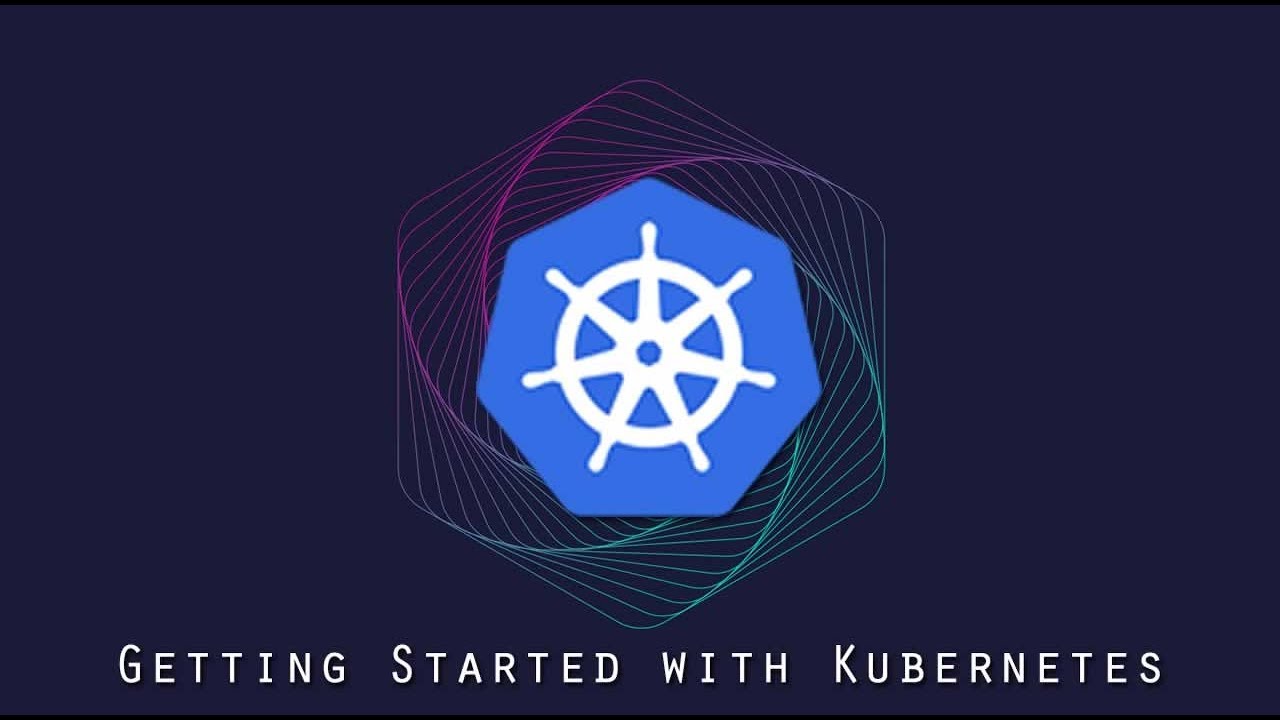
In the world of containerization and cloud-native applications, Kubernetes and Docker are two of the most widely used technologies. While they are often mentioned together, they serve different purposes and are not direct competitors. This blog will help clarify the differences between Kubernetes and Docker and explain how they work together in modern software development.
What is Docker?
Docker is a platform that allows developers to build, package, and distribute applications in lightweight, portable containers. Containers are isolated environments that include all dependencies needed to run an application, making them highly efficient and consistent across different computing environments.
Key Features of Docker:
- Containerization: Packages applications and dependencies into a single unit.
- Portability: Runs consistently across various environments (development, testing, production).
- Efficiency: Uses fewer system resources than traditional virtual machines.
- Rapid Deployment: Allows for fast and scalable application deployment.
What is Kubernetes?
Kubernetes (also known as K8s) is an open-source container orchestration system that automates the deployment, scaling, and management of containerized applications. It was originally developed by Google and is now maintained by the Cloud Native Computing Foundation (CNCF).
Key Features of Kubernetes:
- Automated Scaling: Adjusts the number of running containers based on demand.
- Self-Healing: Automatically replaces failed containers and ensures application stability.
- Load Balancing: Distributes traffic across multiple containers to optimize performance.
- Rolling Updates and Rollbacks: Allows seamless updates with minimal downtime.
Kubernetes vs Docker: Key Differences
| Feature | Docker | Kubernetes |
|---|---|---|
| Purpose | Containerization platform | Container orchestration platform |
| Focus | Building, running, and managing containers | Automating deployment and management of containerized applications |
| Scaling | Requires manual intervention or Docker Swarm | Automatic scaling based on workload |
| Load Balancing | Basic load balancing | Advanced built-in load balancing |
| Self-Healing | Manual intervention needed | Automatically restarts failed containers
|
How Docker and Kubernetes Work Together
While Kubernetes and Docker have different roles, they complement each other in modern cloud environments. Docker is used to create and package containers, while Kubernetes is responsible for managing and orchestrating them at scale. Many organizations use Kubernetes to deploy and manage Docker containers efficiently.
Conclusion
Docker simplifies the process of creating and running containers, while Kubernetes provides powerful automation for managing them at scale. Understanding their differences and how they work together is crucial for building robust, scalable, and efficient cloud-native applications. Whether you’re a developer or an enterprise looking to modernize your infrastructure, leveraging both technologies can bring significant benefits to your workflow.
Do you use Docker and Kubernetes in your projects? Share your experience in the comments below!